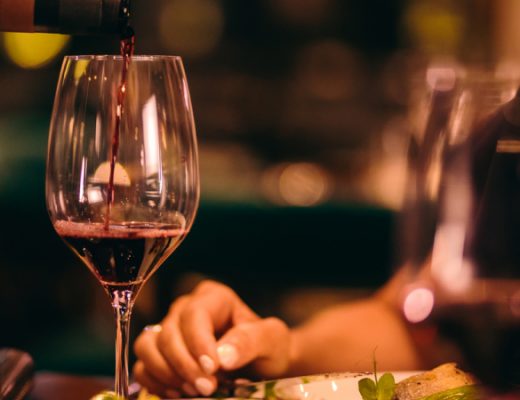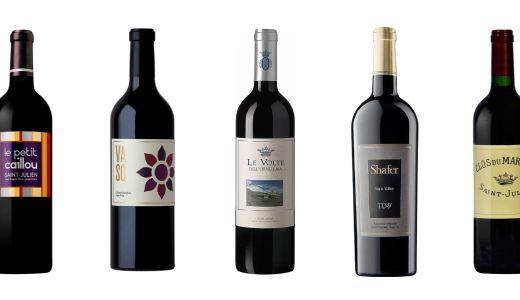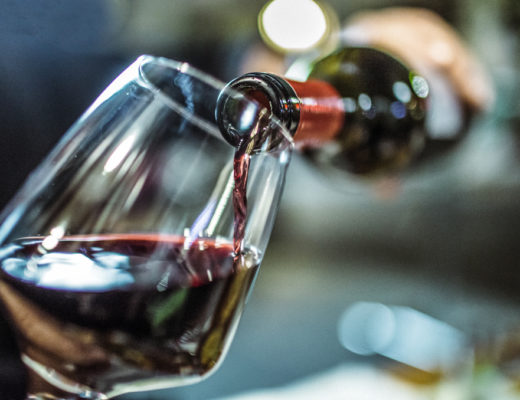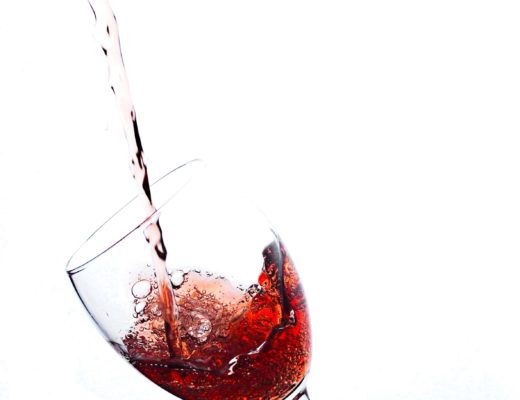Enjoying wine is a multi-sensory experience which involves so much more than just your taste buds. Even in the most mundane bottles of wine, there sits a whole plethora of different aromas and bouquets, just waiting to escape and excite your nose.
But how do you correctly sniff wine, and what sort of scents should you expect to find? Let’s dive in nose-first, and find out for ourselves!
Why Sniff Wine?
The main part of the sniffing should take place after you’ve given your wine a good looking at, and once the swirling process has opened it up by allowing in a bit of oxygen. However, in order not to overcrowd your senses and confuse yourself, your sniffing should really take place before the wine hits your lips (although, of course, you can return your nose to the glass once you’ve drank some, to see what more there is to discover).
Smelling wine is all about exploring your drink, seeing what notes the grapes have created, and preparing your taste buds for what’s to come. Our sense of smell is incredibly evocative, and deeply linked to our memory. What’s more, our sense of taste is profoundly connected to our sense of smell, as is easy to discover simply by holding your nose when chewing some food. For these reasons and more besides, sniffing your wine is a vital part of the tasting experience, and something which can reveal all manner of subtleties and surprises.
The Sniffing Process
Lots of wine guides will tell you to start sniffing the wine by sticking your nose right in, and taking a big old inhale. There’s nothing wrong with beginning this way, but we reckon it’s worth firstly taking a short sniff over the top of the glass, to pick up those primary aromas before you go hunting any deeper. These will be the initial bursts of fragrance coming off the wine – most likely strong fruit or spice notes – which make up the majority of the bouquet.
Once you’ve gotten an idea of the main aroma of the wine, it’s time to delve a little further. Now, put your nose inside the glass, close your eyes (really, it’ll help you focus your senses), and breathe deeply. Allow those initial, stronger scents to pass through you, and look for the subtler, softer aromas beneath them. What do you uncover? Remember – when it comes to tasting and experiencing wine, there are no wrong answers. The smells you encounter will be partly linked to your memory… so two people smelling the same wine may very well discover different things!
White wines are usually fruitier than reds, and often smell of exotic fruits like banana and pineapple, citrus fruits and things like lemon and orange rind, or even things like cut grass, salty sea air, or mild spices like white pepper. Red wines vary significantly from bottle to bottle, and will feature everything from soft summer fruits and hedgerow berries, to more unexpected aromas such as leather, tobacco, woodsmoke, petrol, or damp earth. If you can only at first smell grapes – that’s fine. Just keep digging a little deeper, and see what lies beneath. The wine may be very simple and direct in its bouquet, or it could reveal layer upon layer of fragrance… just make sure you take a moment to concentrate, and don’t forget to enjoy the experience!





